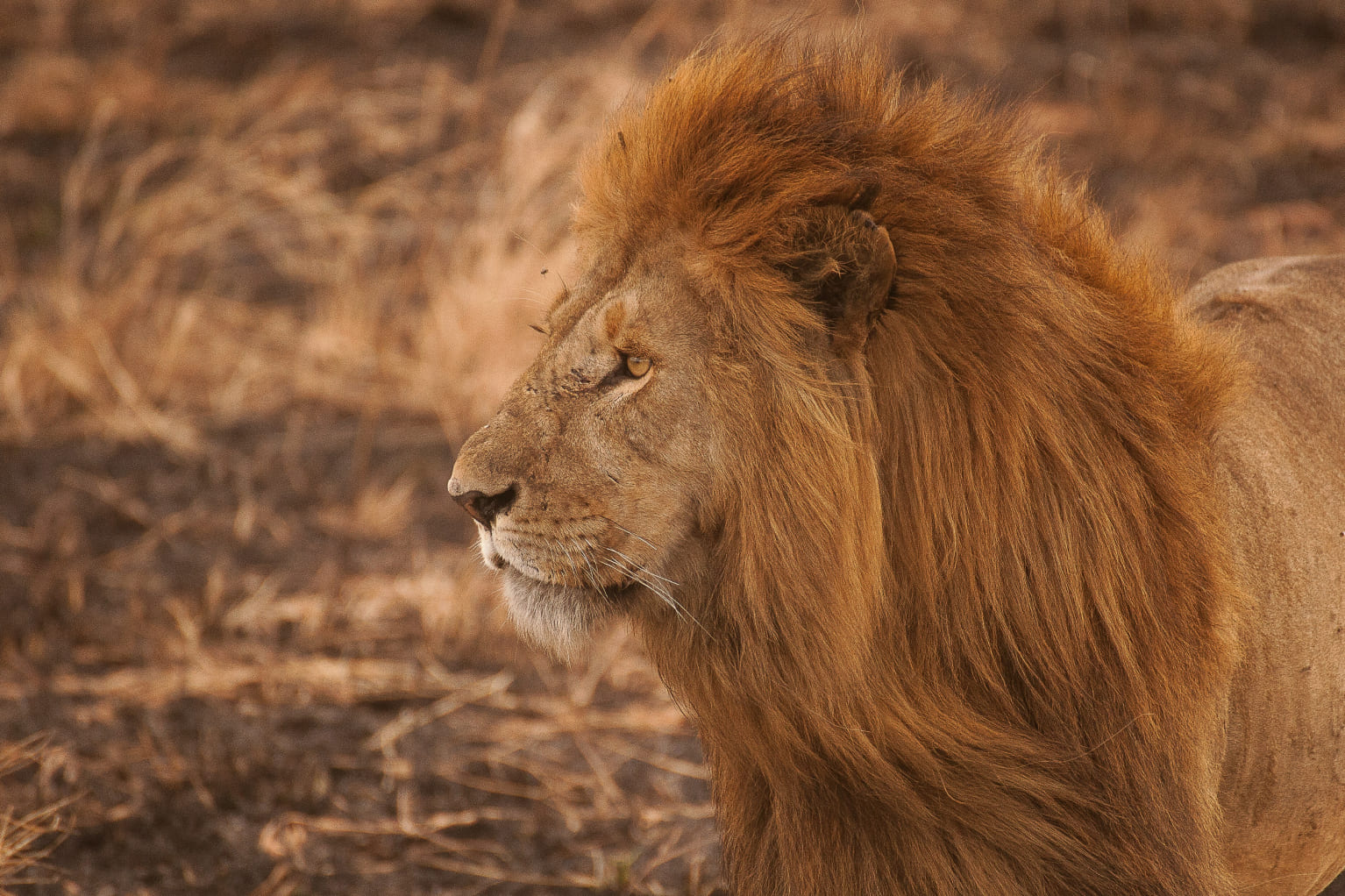The Journey of a Modern Zoo: From Exhibition to Conservation Sanctuary
Once upon a time, zoos were simple places where animals were kept for people’s curiosity and entertainment. Small enclosures, basic diets, and little consideration for animal well-being characterized the early days. But over the decades, zoos evolved, driven by a deeper understanding of animal welfare, ecology, and conservation. Today, the modern zoo is a testament to how far we have come in our relationship with the animal kingdom, shifting from mere exhibition to conservation and education.
In a bustling city surrounded by skyscrapers and busy streets lies a sanctuary of calm and nature—a modern zoo that has become a home to hundreds of animals from every corner of the world. Upon entering, visitors are greeted not by cages but by expansive, carefully crafted habitats. Each enclosure is designed to resemble the animal's natural home, complete with trees, rivers, rocks, and even climate control to simulate native temperatures.
A Refuge for Endangered Species
The zoo serves as a critical refuge for many endangered species. Animals that would struggle to survive in the wild due to habitat loss, poaching, or climate change find a safe haven here. For instance, the mountain gorillas, whose populations have drastically declined in the wild, are carefully cared for in the zoo’s lush jungle habitat. This sanctuary is part of a larger global network, where zoos work together to monitor and manage animal populations, ensuring they remain genetically diverse and healthy.
One of the zoo’s most celebrated projects is its breeding program. Through dedicated staff efforts, they have managed to successfully breed animals such as cheetahs, giant pandas, and snow leopards. Each birth is a small victory, contributing to species preservation and potential reintroduction programs in the future.
Education at the Heart of the Experience
Unlike the early days, when zoos were simply places of spectacle, modern zoos prioritize education. Walking through each exhibit, visitors encounter interactive displays, informational panels, and even digital guides that tell the story of each animal and its place in the ecosystem. In the rainforest section, for instance, the story of deforestation and its impact on animals like jaguars and orangutans comes alive through a virtual experience that immerses visitors in the sights and sounds of a tropical forest.
The zoo offers workshops, animal encounters, and guided tours, providing people with hands-on learning experiences. Children especially benefit from these activities, where they can observe, ask questions, and develop a lifelong respect for nature. Some even go home aspiring to become veterinarians, conservationists, or wildlife biologists, inspired by their time at the zoo.
Pioneering Veterinary Care
The zoo is also a place where veterinary care reaches new heights. In the state-of-the-art animal hospital on-site, veterinarians and specialists work tirelessly to monitor and care for each animal. From performing routine health checks to conducting complex surgeries, these dedicated professionals ensure that animals live as healthily and comfortably as possible.
In addition to physical health, the zoo team also prioritizes mental well-being. Many animals receive enrichment activities to keep them engaged and stimulated. For example, zookeepers might hide food to encourage natural foraging behaviors, or create puzzles that mimic the challenges animals would face in the wild. Enrichment is an essential part of the zoo’s approach, helping animals lead fulfilling lives and express natural behaviors.
Conservation Outreach and Partnerships
The zoo isn’t just a place for animals and visitors; it’s also a force for conservation worldwide. Through partnerships with international organizations, they work to protect habitats, conduct field research, and support anti-poaching efforts. The zoo’s annual “Wildlife Conservation Day” brings together visitors, scientists, and conservationists to discuss pressing environmental issues and raise funds for global wildlife initiatives.
One of the zoo’s proudest achievements is its collaboration with a reintroduction program. For years, the zoo has been breeding native wolves, with the hope of releasing them back into protected areas. After rigorous preparation and training, a group of these wolves was successfully released, where they are now thriving and contributing to the balance of their natural ecosystem. This triumph highlights how zoos can play an active role in restoring animal populations and rewilding landscapes.
A Place of Hope and Connection
In today’s fast-paced, urbanized world, the zoo stands as a reminder of our connection to the natural world. It’s a place where people can see, hear, and feel the wonders of wildlife, sparking a sense of wonder and responsibility. The sights of animals roaming through open habitats, the sounds of children learning and laughing, and the passion of zookeepers and educators all create a space filled with purpose and promise.
As the zoo continues to evolve, its mission grows even stronger. From its origins as a place of exhibition to its modern role as a sanctuary for endangered species, a center of learning, and a hub for conservation efforts, the zoo remains a vital bridge between humanity and nature. It reminds us that, while we may be different species, our fates are intertwined, and the preservation of the natural world is essential not only for animals but for ourselves and future generations.
